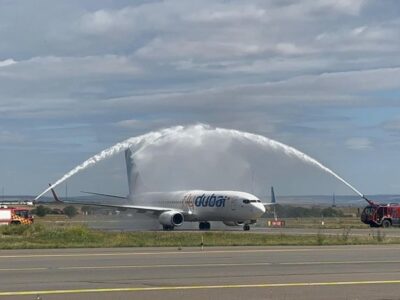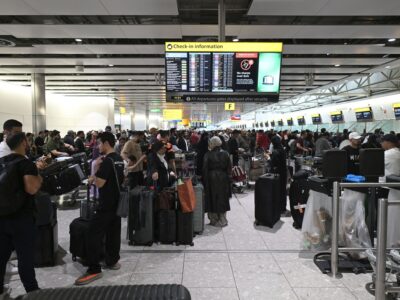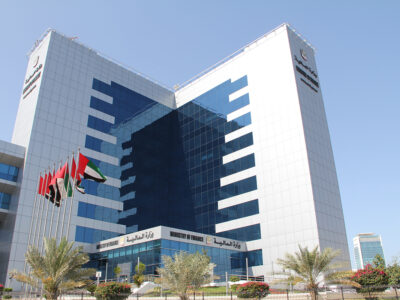Clever strategies have seen SriLankan Cargo improve its revenues despite carrying less cargo. Johann Wiesinghe, head of cargo, explains how the carrier has coped with the recent slowdown in business.
What sort of trends has SriLankan Cargo been witnessing in the airfreight markets?
SriLankan Cargo has witnessed a downward trend in the global airfreight industry brought about by the shift towards low-cost modes of transport such as sea freight by shippers, mainly due to the continuously increasing costs of air transportation, sparked primarily by a high escalation in cost of fuel.
We have seen growth in the freight of perishable cargo, which is a business essentially driven by speed and timing.
As a result, there has been a marked decline in the carriage of general cargo in particular, with timelines for production and stock holding being re-adjusted by manufacturers to factor in the relatively longer period required for transportation by sea.
There is still opportunity for the carriage of long-haul cargo by air as the duration of transportation by sea on these sectors is considered too lengthy.
What problems do you foresee for the air cargo market in the future?
A possible threat looming in the future for the airfreight industry is a shift in the manufacturing facilities by European organisations from the Asian region to Eastern Europe and similarly by US companies shifting manufacturing closer to home, for example Mexico.
The subsequent use of surface transportation, in order to take advantage of the considerable savings in cost related to air transport is thus inevitable.
Gains these companies made via the relatively lower cost of labour in Asia can be quickly eroded by the higher cost of transporting goods to home markets.
Despite the downward trend, we have seen growth in the freight of perishable, valuable and courier cargo, which are businesses essentially driven by speed and timing.
How is SriLankan Cargo looking to tap the growing Indian market?
Growth in India is still vibrant although the airfreight market has been somewhat fragmented due to a high influx of capacity and dropping yields.
SriLankan has focused on South India in particular and Bangalore, Chennai and Kerala will remain key to our network. With the arrival of a dedicated courier centre we will be able to cater to the Indian market through our extensive network of jets.
Do you have any specific plans involving the Middle East and do you intend to expand your freighter-only fleet?
In the short term, we have increased flights to Bahrain and Doha and added Jeddah to the network. In the medium term, we have plans to recommence flights to Beirut. Increased co-operation with carriers based in the Middle East is also envisaged.
Given the current context of very high operational costs, we have in the short term shelved plans to increase our freighter operations.
However, we continue to offer a freighter service from Colombo to Male and also operate services to Chennai and Bangalore to supplement capacity, and this will remain key to our network.
What are the benefits that make Colombo a strong airfreight hub and what facilities will make the airport better?
Geographically, Columbo is ideally located close to the expanding airfreight markets of China and India and is one of the major gateways into India, where we serve 10 cities with over 85 flights a week.
Our sophisticated facility will see further improvement with an expansion planned to take place next year adding a further 9000m² of space. We will also gain from extensive automatation when our cargo handling is cut over to the Mercator-developed SkyChain system.
In addition, the hub is an IOSA-certified facility which is currently working towards the IOSA-GO certification – a first in the region. In addition, the hub is being equipped with fully-fledged perishable and courier centres to position itself to cater to growth in these areas.
Given the current difficulties in the global airfreight sector, what marks out SriLankan Cargo from its rivals?
SriLankan Cargo has focused on increasing revenue through increased network contribution and striving for higher yields. This strategy has served us well, as we have improved revenue by over 10% compared to 2007, despite carrying much less cargo.
This is down to a significant increase in yield due to an improved mix of the type of cargo that was uplifted on SriLankan services. The key elements of success for SriLankan Cargo are the extreme care and diligence that we exercise in the transportation of cargo that is perishable by nature, complemented by the speed of transportation and delivery.







